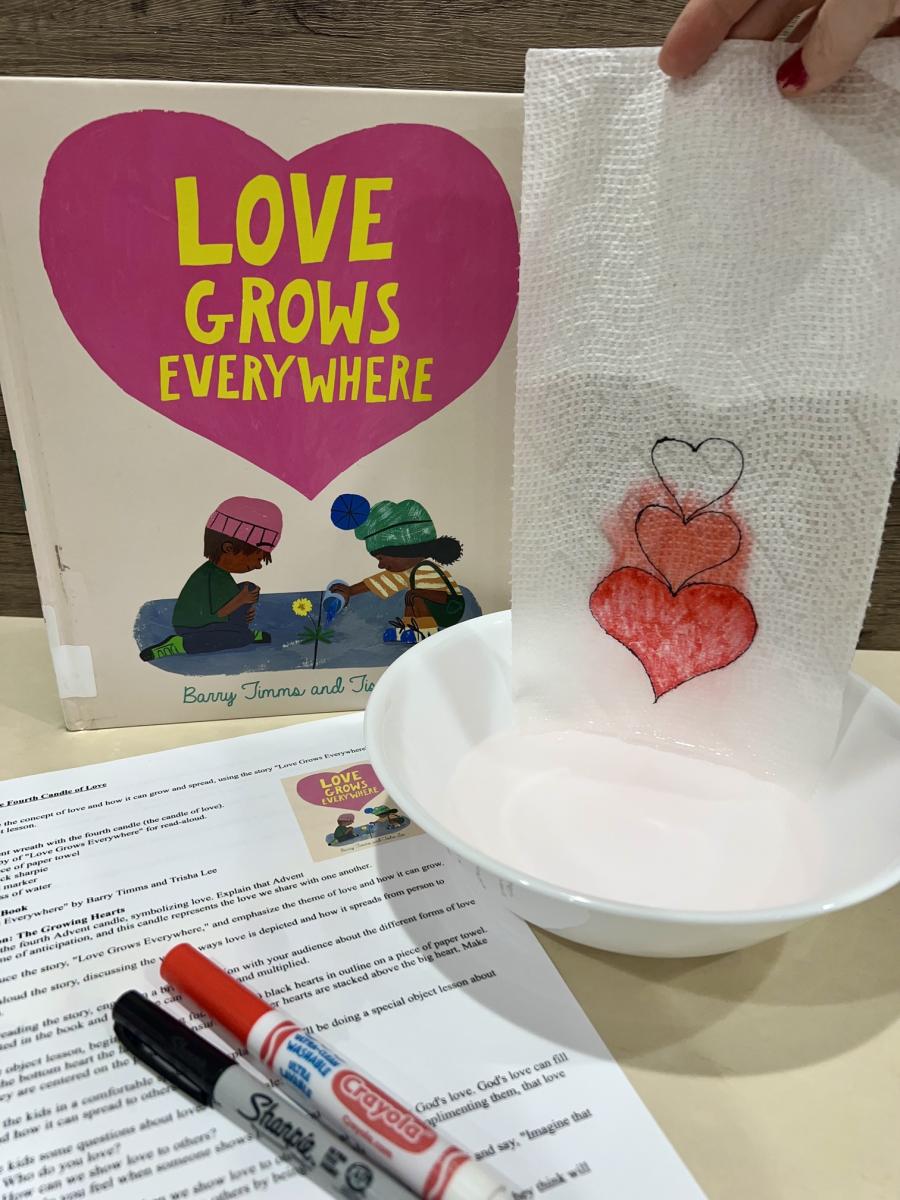As a mom and educator, I’m always looking for ways to make holidays both fun and educational. Valentine’s Day is no exception! It’s the perfect time to combine science with creativity, sparking curiosity in kids while celebrating love and kindness. Here are a few Valentine’s themed science activities for kids that are easy, hands-on, and sure to warm your heart (and your kids’ curiosity).
Floating Hearts Experiment
This simple and magical activity is a hit with kids of all ages, and it’s an excellent way to explore some basic science concepts. You can see this experiment in action over on our Instagram page.
What You Need:
- A smooth plate (we used a Corelle platter)
- Dry erase markers
- A cup of water
- A straw (optional, but fun for extra exploration)
What to Do:
- Draw several hearts on the plate using the dry erase markers. Make sure the hearts are fully enclosed with no breaks in the outline.
- Slowly pour water onto the plate. Be sure not to pour directly onto the hearts. Watch as the hearts start to lift off the plate and float on the surface of the water!
- Use the straw to gently blow the hearts around. See how they move and float without sinking.
The Science Behind It: Dry erase markers are made with ink that contains a special type of polymer that is not water-soluble. This means the ink doesn’t dissolve in water. Additionally, the ink is lightweight and not adhesive, so it doesn’t stick tightly to the plate. When you pour water onto the plate, it gets under the ink and lifts the hearts off the surface, allowing them to float. The hearts remain intact because the water’s surface tension holds them together. It’s a fun way to explore how different materials interact with water and introduces concepts like solubility and surface tension in a kid-friendly way!
Heartbeat Exploration: Feel the Beat!
Valentine’s Day is the perfect opportunity to teach kids about the amazing organ that helps us feel connected to others: our heart! Turn learning into an exciting, hands-on experience by exploring how our heart beats faster when we move and slower when we rest.
What You Need:
- Stopwatch or timer (optional)
- A quiet space
What to Do:
- Begin by explaining that our hearts beat to help pump blood through our bodies, and we can actually feel our hearts beating!
- Have the kids place their hands on their chests, right over their hearts, and sit quietly for a moment.
- Encourage them to take a few deep breaths to relax and pay attention to how their heart feels. Ask them: Can you feel it? What does it feel like? (A good opportunity for them to make observations like “fast,” “slow,” or “strong.”)
- Next, have the kids get up and jump around or run in place for about 30 seconds. Ask them how they think their heart will change. Will it beat faster or slower?
- After jumping or running, have them place their hands on their chests again and see if they can feel their heart beating faster. Ask: Can you hear your heartbeat? How do you think exercise affects it?
- Optionally, use a stopwatch to time how many heartbeats they can count in 30 seconds while sitting quietly and then after exercising.
What’s Happening: This activity lets kids feel their heart’s response to exercise, teaching them how the heart beats faster when we’re active to send more oxygen and nutrients to our muscles. It’s a simple way to understand how our bodies work!
Science Behind It: Our heart rate increases when we move or exercise because our muscles need more oxygen to work. The heart beats faster to pump more blood, and it slows down when we’re resting. The stronger and more fit we are, the more efficiently our heart can pump blood with fewer beats!
Love in Action: A Simple Science Experiment
Love is something that can grow and spread, just like the red ink in this fun science experiment. Turn learning into a creative exploration by watching how love can move and expand, just like the ink spreads through the hearts on the paper towel! Check it out in action on our Instagram Page.
What You Need:
- Paper towel (preferably a white one)
- A cup of water
- Red washable marker
- Black sharpie
- Scissors
What to Do:
- Cut a strip of paper towel.
- Draw heart outlines using a black sharpie. (Do not use a washable marker for this part) Draw the biggest one towards the bottom of the paper towel and the rest above it.
- Using the red washable marker, color in the heart at the bottom of the paper towel and color it in.
- Above the red heart, draw several more hearts (just the outlines, no coloring) spaced out along the strip.
- Fill a cup with water and place the bottom of the paper towel in the water. Be sure only the bottom edge touches the water.
- Watch as the red ink starts to spread upward, filling the outlined hearts along the way.
What’s Happening: This experiment shows how love can spread. The red ink from the marker is pulled upward through the paper towel by capillary action, a process where liquids move through small spaces. As the water travels up, it carries the red ink with it, filling the empty hearts and demonstrating how love, once given, can grow and spread to others.
Science Behind It: Capillary action occurs when water molecules cling to the fibers in the paper towel, pulling the water upwards. The red ink follows the water as it moves, showing how something small can make a big impact, much like how love can spread when shared.
Wrap-Up
Valentine’s Day can be so much more than candy and cards. By incorporating these fun, hands-on science activities, you can create memorable moments with your kids that encourage curiosity and learning. Whether you’re watching hearts float across a plate, timing your heartbeat, or exploring the “science of love,” these Valentine’s Day science activities for kids are sure to make the holiday extra special.
What’s your favorite Valentine’s-themed activity? I’d love to hear about it! Share with us on social media. Let’s keep spreading the love for learning and science together.
Happy Valentine’s Day!


